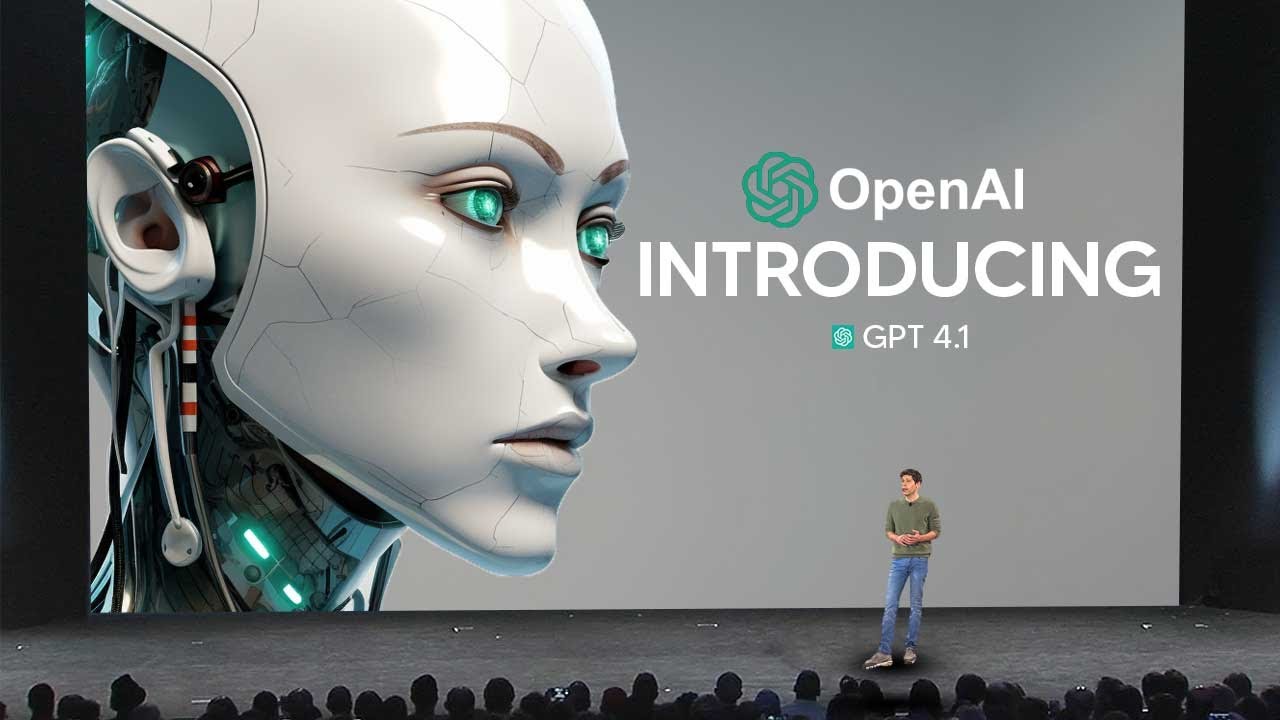OpenAI has launched the GPT-4.1 model, designed for developers with significant improvements over GPT-4, including enhanced performance in software engineering tasks and a long context length of over 1 million tokens. Additionally, two smaller versions, GPT-4.1 Mini and GPT-4.1 Nano, cater to different use cases, while the impending discontinuation of GPT-4.5 highlights GPT-4.1 as a more cost-effective and efficient alternative.
OpenAI has recently launched its new GPT-4.1 model, which is primarily designed for developers and is only accessible via the API. This model incorporates many improvements that have gradually been integrated into GPT-4, making it somewhat similar in certain aspects. However, GPT-4.1 also features distinct enhancements that cater specifically to developers’ needs. Users can still interact with GPT-4.1 through a chat interface on OpenAI’s website, allowing them to test various prompts and explore the model’s capabilities.
In addition to GPT-4.1, OpenAI has introduced two smaller versions of the model: GPT-4.1 Mini and GPT-4.1 Nano. These models are designed for different use cases, with GPT-4.1 Mini being faster and more affordable than GPT-4, while GPT-4.1 Nano is the most cost-effective option for low-latency tasks. The introduction of these models aims to enhance OpenAI’s offerings in a competitive landscape where various models are available for different tasks at lower costs.
Benchmarking results indicate that GPT-4.1 significantly outperforms GPT-4 in software engineering tasks, including coding and tool usage. It has shown improvements in accuracy and efficiency, making it a valuable tool for developers. For instance, it scored 60% higher than GPT-4 on Windsurf’s internal coding benchmark, demonstrating its ability to handle complex coding tasks more effectively. The model’s long context length of over 1 million tokens also enhances its performance in real-world applications, allowing it to reason over extensive documents.
The video highlights the model’s capabilities in various areas, including video long context and vision tasks. GPT-4.1 performs well in answering questions based on lengthy videos and exhibits decent vision capabilities. However, it is suggested that GPT-4.1 Mini may be the preferred choice for applications involving vision due to its cost-effectiveness. The video emphasizes the importance of real-world utility, noting that OpenAI has focused on optimizing these models for practical applications in collaboration with the developer community.
Lastly, the video discusses the impending discontinuation of GPT-4.5, which will be phased out by July 14, 2025, due to its high training costs and output expenses. GPT-4.1 is positioned as a more efficient alternative, offering similar or improved performance at a lower cost. The video concludes by inviting viewers to share their thoughts on the new models and expressing excitement about utilizing GPT-4.1 for building applications, particularly in agent development.
